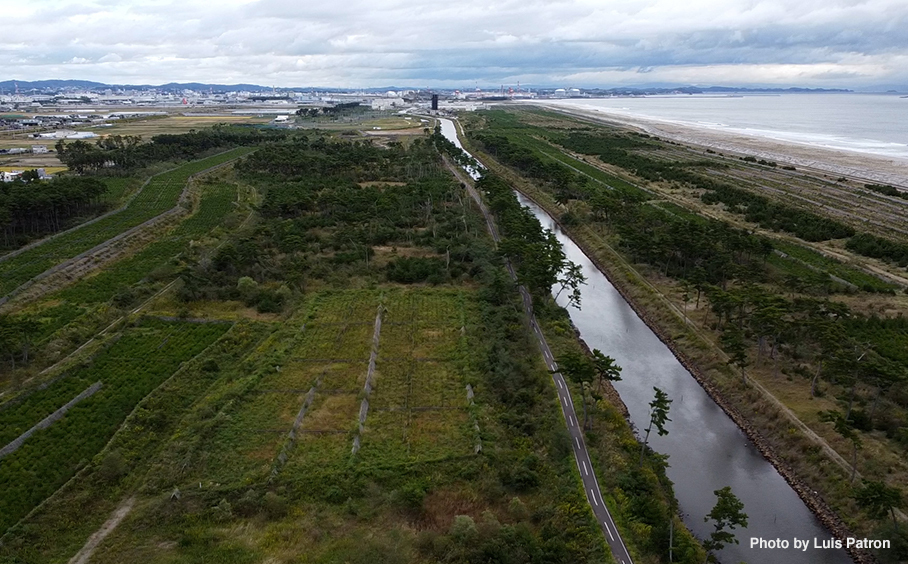
Coastal Inundation Hazard led by TC Map (Ministry of the Enviroment, Japan and RESTEC)
Description of Activity
The GIZ supports the Fijian government in developing guidelines and implementing a pilot project (as part of The EU-GIZ ACSE)to relocate villages on the Ono and Lakeba islands from their current locations to alternative sites, which are more resilient to future impacts and less likely to be impacted by climate change. This project aligns with Objective 5 of the National Climate Change Policy.
The MOEJ Study team supported this project by developing the Lakeba future hazards map to assist in future decision making regarding the relocations.
Purpose, Process, Outcome
Groundwater sampling and salinity analysis -> Completed
18 Hazard Maps Developed
- [Climate Condition] Present/ RCP 2.6/ RCP 8.5
- [Return Period] 50 years / 100 Years / 200 Years
- [Information Type] Water Level and Inundation Depth
- [Satellite Data Spatial Resolution] DEM 5 m (ALOS), SDB 30 m (LANDSAT)
Explanation
Considering the projected climate scenarios (RCPs), the Stochastic TC model generates a large amount of simulated TCs. This process detects TCs likely to affect the target area (Lakeba island). Subsequently, offshore wind speed and wave heights are simulated by the empirical TC model. With this information, nearshore wind, wave, and storm surge/wave inundation risks are assessed by applying satellite-based topographic information (DEM and SDB).
Evaluation
What was accomplished?
Hazard maps developed using only satellite data (no ground-based or airborne surveys were conducted) were produced, with the goal of enlargement of existing hazard maps of remote areas in the South Pacific.
The results were shared with the Fijian government and the GIZ, recognising that Tubo, the major village on Lakeba) is vulnerable to inundation, emphasising the need for further surveys.
Discussions with the Fijian government and the GIZ will continue, with the goal of further development of the methodology of the Fijian relocation planning.
What is the issue?
Integration of risk assessment with human activities and infrastructure is essential to prevent the loss of human life and infrastructure. For this reason, the aforementioned topic will be considered in the next step of the project.




